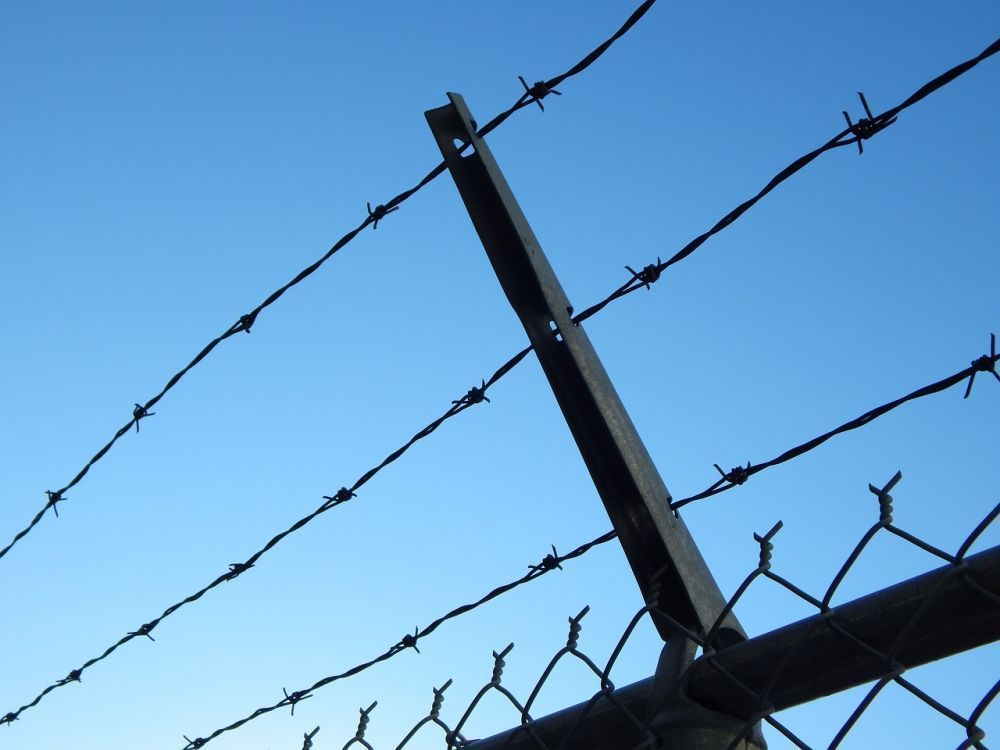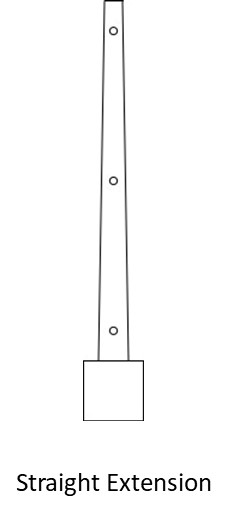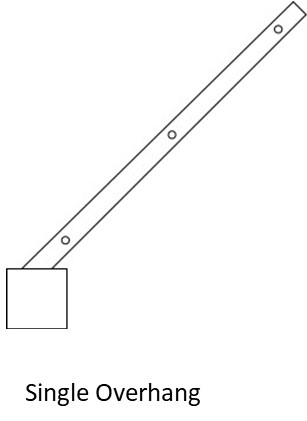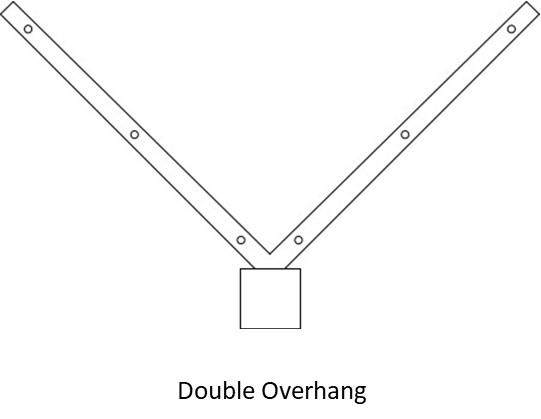
The Barb Arm Guide
If you’re looking to install a new higher security fence or beef up an existing one, barb arms or extensions, as they are also known, is a great way to do just that.
Let’s take a closer look at what barb arms are, how they are made and used, what you can put on a barb arm extension and more.
What Are barb arms?
barb arms are extension brackets that are installed on the top of fences (and also sometimes directly on walls and other structures) that are used to add various security features to the fence or structure.
They are usually made from metal, and they usually have pre-drilled or slotted holes to allow for the installation of barbed wire, razor wire or even electric fence wires.
Types of Barb Arms
There are three main types of barb arms or extension brackets that can be used on various types of fences.
Straight ExtensionsAs the name suggests, straight extensions or straight barb arms are barb arms that extend vertically above the fence. They are not angled at all, and their primary purpose is to extend the height of the fence with whatever type of wire or material you plan to put on the extension. |
 |
|
Single OverhangsLike straight extensions or straight barb arms, single overhang barb arms have only one metal arm to carry barbed wire, razor coils or electric fence, but instead of being vertical, they are angled, usually at about 45 degrees. This angle is usually installed facing the “attack side” of the fence so that it makes it a little harder for anyone to climb over the fence. |
 |
|
Double OverhangsDouble overhang brackets, like single overhang barb arms, have angled extension arms, but in this case, there are two. Double overhangs add extra protection above and on both sides of the fence, and they are often used to install BTC or barbed tape concertina razor coils, which are laid into the V of the barb arm, with smooth or barbed wire on both sides. |
 |
What Kind of Fences Can Have Barb Arms or Extension Brackets?
Barb arms or extension brackets can be added to most kinds of fences, including chain link, palisade fences, welded wire mesh fences and more.
The type of bracket and the design of the overhang will vary based on the type of fence you’re installing them on, but most fence manufacturers do have ready-made options that you can purchase either when you install your fence or as a retrofitted add-on later.
How Are Barb Arms Attached?
The method of attaching barb arms to your fence will differ based on the type of fence you have or are installing.
Some, like North American-style chain link fences, are attached to special eye tops or loop caps for line posts and welded to dome caps for terminal posts.
Others might have barb arm brackets welded to steel post caps, and some might be bolted to the top of each post using pre-drilled holes and a variety of bolts and nuts.
If you are attaching barb arms to a wall or structure (to continue the barbed wire, razor wire or electric fence along the entire perimeter) various fasteners like wedge anchors can be used, depending on the type of material the structure is made from.
When Can You Install Barb Arms?
As with most things in the fence world, if you install barb arms when you’re installing your new fence as part of the package, it’s usually easier and cheaper to get done.
However you can also retrofit an existing fence with this type of fence top security, but depending on the type of fence, it may require a fair amount of work. North American style chain link fence is an example of this because you usually have to remove the line post top and top rail to replace the caps with barb arms.
If you think you might be interested in installing barb arms in future, ask the fence company quoting your project what kind of process it will be. It might be more cost-effective and easier just to add them from the start.
Where Are Barb Arms Used?
Barb arms or extension brackets can be installed on any fence in theory, but it’s more common on commercial, industrial and high-security fence systems.
If you want to add barb arms to a residential fence, you should always contact your local municipality and check that it is allowed in your area. Some cities and areas do not allow this kind of fence top security in residential areas.


